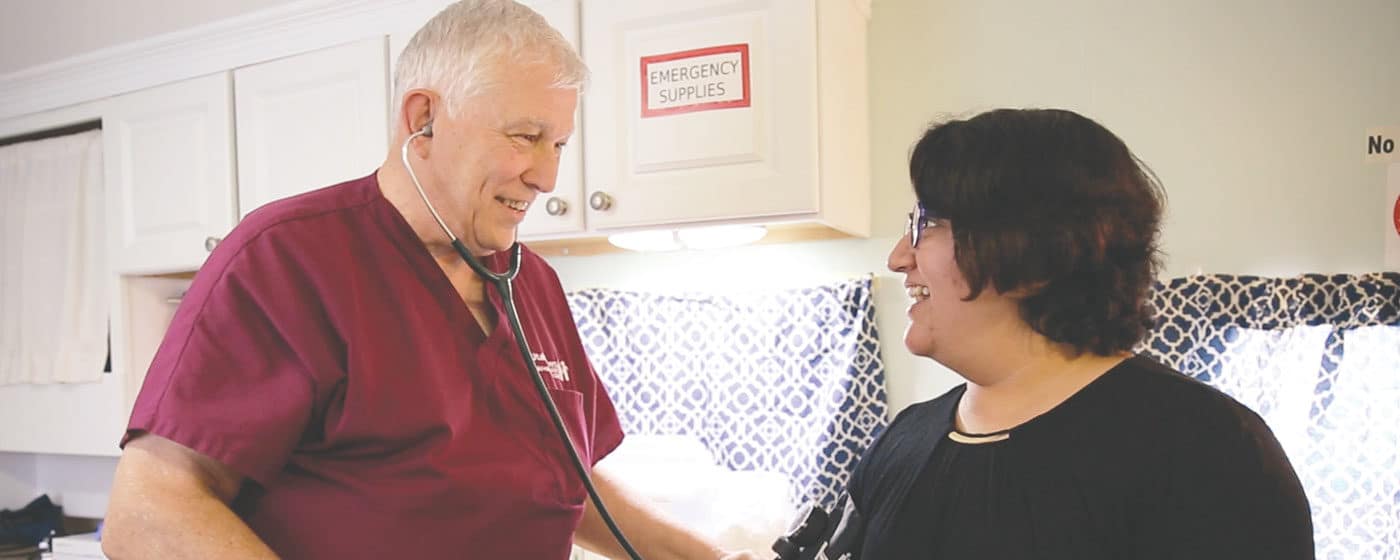
Health and Financial Stability
Families who are financially stable and in good health are more likely to experience intergenerational success.
There are many things outside traditional healthcare, like environment, behavior, and socioeconomic factors, that contribute to a person’s overall health and well-being. Families with access to healthcare, affordable housing, mental health resources, and financial security have improved outcomes, allowing them to focus on thriving, not just surviving.
What we're up against:
44%
of Utah's uninsured children are Latinx, but Latinx children make up only 17% of the total child population.
Source: US Census Bureau
49,000
adults in Utah are impacted by intergenerational poverty.
Source: Intergenerational Welfare Reform Commission
29.7%
of people in Salt Lake County have not received routine medical care in the past year.
Source: Utah Department of Health
Our Goal:
All adults and children have the opportunity to be financially stable and live a long and healthy life.
Results:
1,180
people received a ride to a medical/health-related resource after being referred by Utah 211 between September 2019 and July 2022.
Source: Utah 211 Data
+13%
individuals of color in our region have an income that is at or above 200% of the federal poverty line compared to 5 years ago.
Source: PUMA
+7%
low-income adults have reported good, very good, or excellent health in Davis County in the last year.
Source: IBIS
Our Work:
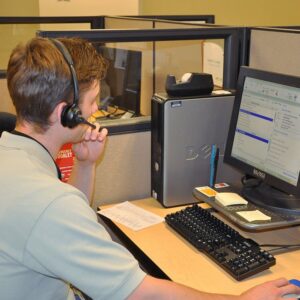
Basic Needs
Utah 211, a state-wide resource center powered by the United Ways of Utah, connects callers to the human resources they need to thrive. Each year, over 100,000 calls are made to 211 with the top service needs being utility service payment assistance, food pantries, and rent assistance. 2-1-1 information specialists then connect callers with other local non-profits, government entities, and other providers that can assist those in need of help.
The Lincoln Mobility Project
When a student changes schools, even during the summer, it can negatively impact their education. Lincoln Elementary, in South Salt Lake, has one of the highest numbers of students leaving the school before they graduate fifth grade. The Promise Partnership team is working with Lincoln’s family engagement center and community partners on a two-year process to identify why students and their families are moving away from the neighborhood. Then, they are developing community-centered strategies to address housing and financial instability, to build a full support system to keep them in the area.
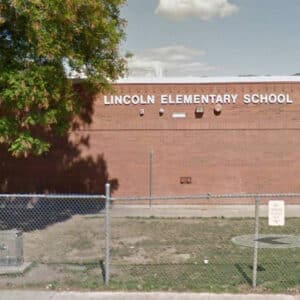

Supporting Families in Finding Financial Stability Tools
The Earned Income Tax Credit (EITC) is one of the largest anti-poverty tools in the United States. Individuals and families can claim their EITC to receive a break in their taxes, and in some cases, larger refunds. To help more families claim their EITC, United Way of Salt Lake, the Promise Partnership, and Connect to Collect promote Volunteer Income Tax Assistance (VITA), where IRS-trained volunteers provide free tax preparation services to qualifying households. In addition, they collaborated with Utah 211 to provide free rides to VITA appointments for families where transportation was a barrier through Ride United and promoted Bank On, a program to help people maintain bank accounts without accruing fees.
Last Mile Delivery with Utah 211
Utah 211 serves as an intermediary between local social service organizations and DoorDash to facilitate free deliveries to clients. In an effort to fight food insecurity and transportation barriers, Ride United’s Last Mile Delivery program delivers food pantry boxes, prepared meals, hygiene items, school supplies, and much more directly to homes – for free.


Medical Care at Schools
When students are healthy, they can focus more on their education. Our community schools bring in partners such as Community Nursing Services, Smart Smiles, and Utah Partners for Health to provide kids with immunizations, dentistry work, vision screenings, and general checkups. When these services are provided at the school, it helps families without health insurance, saves parents time so that they don't have to take off work, and connects children with health resources they may not otherwise have.
Granite School District Food Pantries
In the wake of the pandemic, the Granite School District saw the demand for healthy meals increase 300%. In response, district and community efforts to combat food insecurity among students and families intensified and evolved. Volunteers have helped Granite School District food pantries with both the Granite Education Foundation's Fresh Food Program, which helped families access fresh, nutrient-rich staples such as milk, eggs, cheese, yogurt, beef, and chicken, and Woodrow Wilson Elementary's Wilson Wagon, a mobile distribution option. They ensured more families were able to access fresh and healthy food in a time of need.
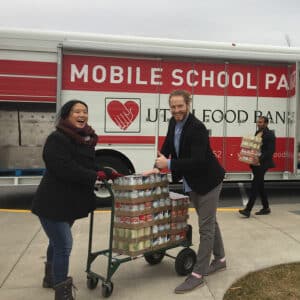
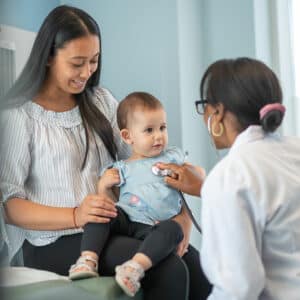
Prenatal to Five Network
The Promise Partnership's Prenatal to Five network is focused on improving the access to and quality of health care for our community's youngest kids. The network is focused on the importance of regular well child visits, specifically for those ages 0-30 months old. We are partnering with Medicaid, Utah's Medicaid plans and providers, and other local partners to identify and work to reduce barriers for families receiving this important care.
Learn how we're helping every child, every step of the way






 1. Engage families to partner in school decisions, policies, and student learning
1. Engage families to partner in school decisions, policies, and student learning  1. Strengthen relationships between school day staff and out-of-school providers
1. Strengthen relationships between school day staff and out-of-school providers 1. Align, coordinate, and hold external partners accountable for responding to the needs identified by schools, students, and the community
1. Align, coordinate, and hold external partners accountable for responding to the needs identified by schools, students, and the community
 The staff at United Way of Salt Lake, the umbrella organization for the Promise Partnership, puts their expertise to work supporting schools. Our cumulative knowledge means we bring experience to the table and can offer assistance in:
The staff at United Way of Salt Lake, the umbrella organization for the Promise Partnership, puts their expertise to work supporting schools. Our cumulative knowledge means we bring experience to the table and can offer assistance in: